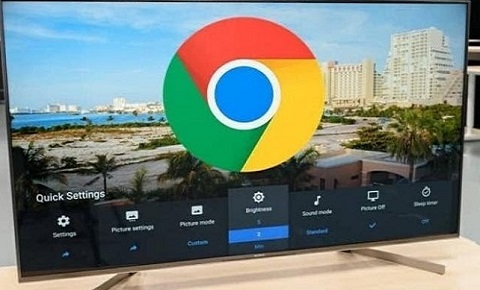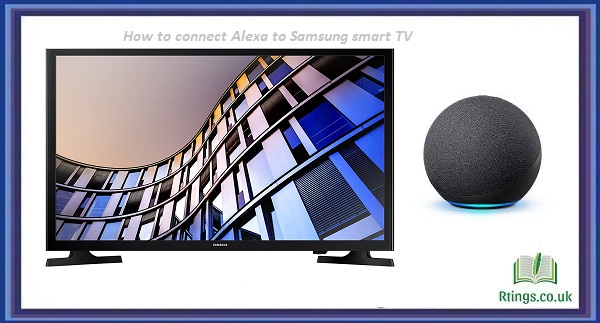The design of modern televisions, LEDs, LCD monitors, and other display technologies is a fascinating blend of aesthetics, engineering, and user experience. These devices have evolved significantly over the years, with technological innovations driving their form, functionality, and overall design changes. In this article, we will delve into the critical aspects of the design of TVs, LEDs, and LCD monitors, highlighting their evolution, design principles, and the role of user-centric design in shaping these devices.
Evolution of Display Technologies
Before diving into the design specifics, it’s essential to understand the evolution of display technologies that have paved the way for the design of TVs, LEDs, and LCD monitors as we know them today.
Cathode Ray Tube (CRT)
The earliest televisions used CRT technology, where an electron beam was directed onto a phosphorescent screen to create images. These TVs had a bulky and boxy design due to the nature of the technology.
Flat Panel Technologies
Advanced display technologies led to the development of flat panel displays, including plasma, LED, and LCD. These technologies allowed for slimmer and more versatile designs, transforming TVs’ and monitors’ aesthetics and form factors.
Design Principles
Modern display devices are not just functional tools for viewing content; they are also considered pieces of art and furniture that contribute to the overall ambience of a room. Design principles play a crucial role in shaping the aesthetics and functionality of TVs, LEDs, and LCD monitors.
Aesthetics
The visual appeal of a display device is a key factor in its design. Sleek and minimalistic designs are favored, often featuring slim profiles, narrow bezels, and clean lines. Aesthetics also include choosing materials, finishes, and color palettes that align with contemporary interior design trends.
Ergonomics
User comfort and convenience are central to the design of display devices. Adjustable stands, swivel and tilt options, and VESA mount compatibility ensure that users can customize the viewing angle and height for optimal comfort.
User Interface
The user interface design, including on-screen menus and remote controls, plays a vital role in the overall user experience. Intuitive navigation, clear icons, and easily accessible settings contribute to a positive interaction between the user and the device.
Integration
Modern display devices are often part of a larger ecosystem of smart devices. Design considerations include seamless integration with other devices like soundbars, streaming devices, and home automation systems.
Sustainability
As environmental consciousness grows, sustainable design practices have become important in the design of TVs, LEDs, and LCD monitors. Some of the sustainable design choices implemented are energy-efficient components, recyclable materials, and minimal packaging.
User-Centric Design
User-centric design places the needs and preferences of users at the forefront of the design process. This approach ensures that the final product looks visually appealing and delivers a satisfying user experience.
User Research
Designers conduct extensive research to understand user behavior, preferences, and pain points. This research guides decisions related to screen size, resolution, aspect ratio, and viewing angles.
Accessibility
Inclusive design is a key consideration in the design of display devices. Features like closed captioning, voice commands, and customizable color settings cater to users with varying abilities.
Usability
The user interface design focuses on ease of use. Menu layouts, remote control layouts, and button placements are all designed to minimize confusion and ensure efficient navigation.
Content Consumption
TVs, LEDs, and LCD monitors are primarily used for content consumption. Therefore, the design must prioritize features that enhance the viewing experience, such as high-resolution displays, color accuracy, and HDR (High Dynamic Range) support.
Future Trends
The design of TVs, LEDs, LCD monitors, and similar devices continues to evolve in response to technological advancements and changing user preferences. Some trends that are likely to shape the future of these devices include:
OLED and MicroLED
Organic Light Emitting Diode (OLED) and MicroLED technologies offer improved color accuracy, contrast, and flexibility in design due to their emissive nature. These technologies allow for even slimmer profiles and more innovative form factors.
Foldable and Rollable Displays
Advancements in flexible display technologies are leading to the development of TVs and monitors that can be rolled up or folded for easy storage and portability.
Enhanced Connectivity
The integration of 5G technology and improved wireless connectivity will enable seamless streaming and content sharing, influencing the design of display devices.
Ambient Mode
TVs and monitors equipped with ambient mode can blend into their surroundings by displaying art, photos, or patterns when not in use, contributing to the aesthetic of a room.
Conclusion
Designing TVs, LEDs, LCD monitors, and similar display devices is a multidisciplinary endeavour encompassing aesthetics, engineering, and user experience. From the evolution of display technologies to the principles of design and the role of user-centricity, these devices have come a long way in terms of form and function. As technology advances, the future promises even more innovative and user-focused designs that enhance our viewing experiences while seamlessly integrating into our modern lives.
Frequently Asked Questions (FAQs)
What role does design play in business?
Design in business extends beyond aesthetics; it shapes products, branding, and user experiences. Effective design enhances customer engagement, fosters brand recognition, and influences purchasing decisions. It can differentiate a brand, creating a competitive advantage. Design thinking also aids problem-solving and innovation by focusing on user needs. In digital spaces, user-friendly interfaces and intuitive experiences are essential. The design aligns products with customer expectations, driving loyalty and profitability. From product design to branding and user experience, design is integral to business success by enhancing functionality, aesthetics, and emotional connections with customers.
What is design thinking?
Design thinking is a problem-solving approach emphasising empathy, creativity, and user-centricity. It involves understanding users’ needs, ideating potential solutions, prototyping, testing, and iterating based on feedback. This iterative process fosters innovative and effective solutions. Design thinking is versatile, applicable in various fields, from product design to business strategy. It encourages collaboration, open-mindedness, and a deep understanding of user experiences. By focusing on human needs and insights, design thinking helps uncover novel approaches and drive meaningful change.
What is user-centered design?
User-centered design is an approach that prioritizes the needs, preferences, and experiences of users throughout the design process. It involves understanding user behaviours, conducting research, and involving users in iterative testing and feedback loops. This method ensures that products, services, or interfaces are tailored to user expectations, resulting in intuitive and user-friendly solutions. By placing users at the core of design decisions, the user-centred design enhances usability, satisfaction, and overall effectiveness, leading to products that better meet the real-world needs of their intended audiences.






